The Scottish Government has advice for councils and schools on developing their own anti-bullying policy.
The framework – which almost completely avoids the noun bully – says the focus should be on promoting positive relationships and developing resilience.
It advises against labelling children as bullies – using the name only once in its 42 pages to describe it as disempowering.
Instead it refers to bullying behaviour.
We looked at how the government recommends schools deal with bullying as we continue to expose cases of violence in local schools.
Scottish Government anti-bullying policy
Respect For All, Scotland’s national approach to anti-bullying for children and young people, was published by the Scottish Government in 2017.
It aims to ensure a holistic approach is taken to help ensure children and young people feel safe.
Councils are expected to base their own policies on the document.
And in turn, schools can set their individual policies based on those of their council.
The framework states that children and young ‘exhibiting bullying behaviour’ will need help to:
- identify the feelings that caused them to act this way
- develop alternative ways to respond to these feelings
- understand the impact of their behaviour on others
- repair relationships.
Responses to bullying should, it states, “focus on developing resilience and promoting positive relationships”.
Those bullying should also be helped by “providing clear expectations about behaviour as well as providing a range of ways to respond.”
This includes repairing a relationship or making amends.
Advising against referring to children as bullies, the guidance states: “Labelling children and young people as ‘bullies’ or ‘victims’ can be disempowering.”
It also says it can be “unhelpful in changing their behaviour or supporting their recovery from being bullied.”
When does bullying become a crime?
Bullying can include:
- being called names, teased, put down or threatened face to face/online
- being hit, tripped, pushed or kicked
- having belongings taken or damaged
- being ignored, left out or made the subject of rumours
- being sent abusive messages, pictures or images online or by phone.
Bullying itself is not a crime but perpetrators can be prosecuted where a crime has occurred, such as assault or graffiti.
However, presumption should be against criminalising children and young people unless it is in the public interest, the guidance states.
In an interview with The Courier last year, Education Secretary Shirley-Anne Somerville said exclusion from school must be a last resort in dealing with bullying.
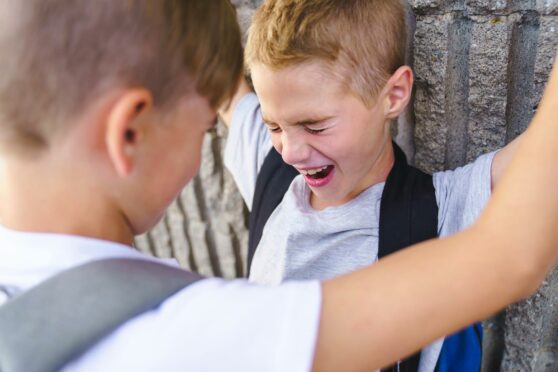
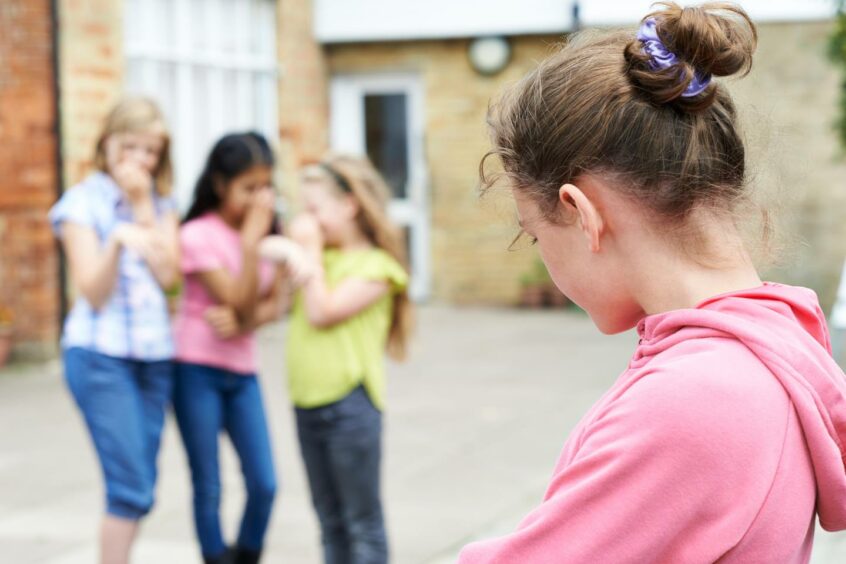
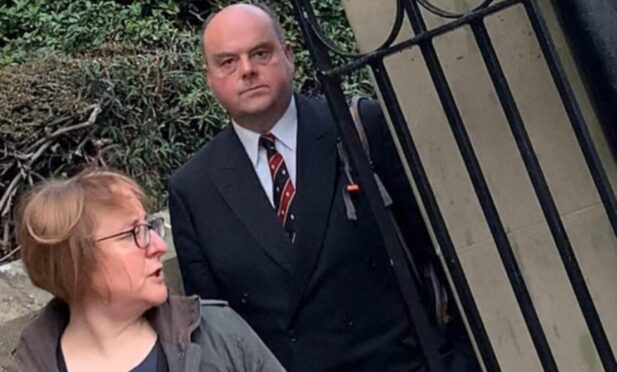




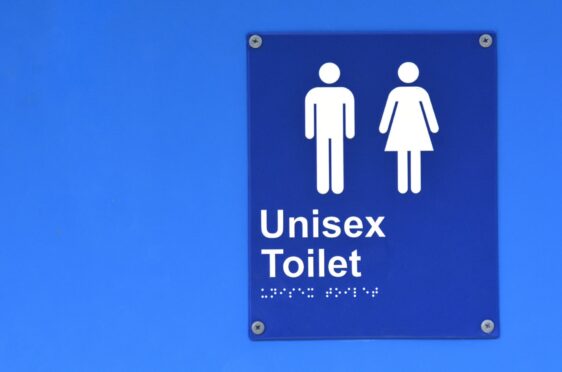

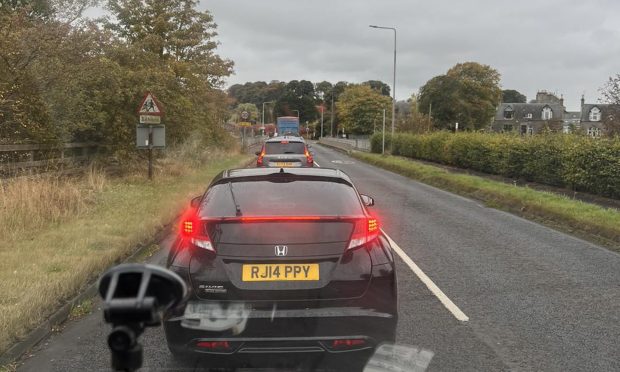


Conversation